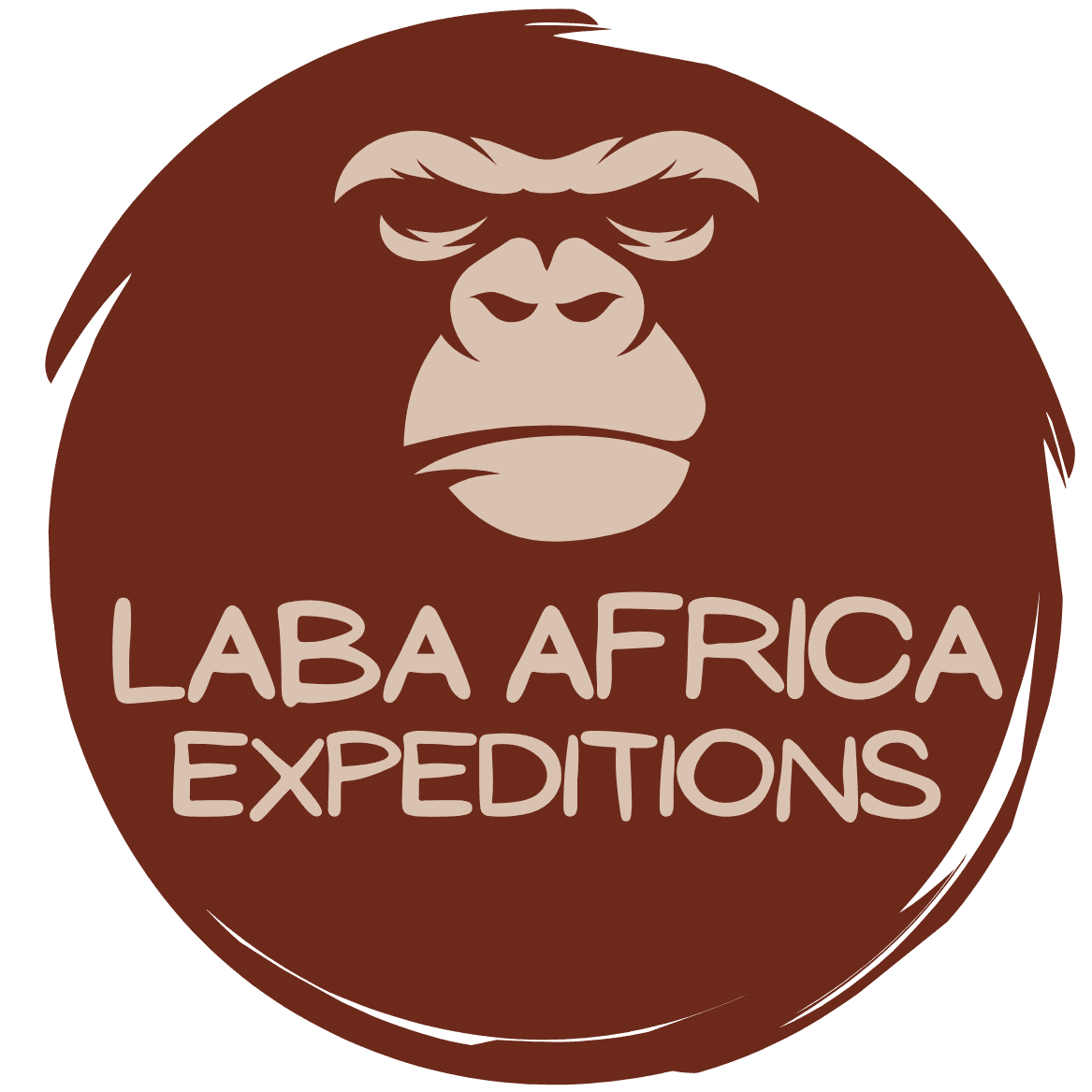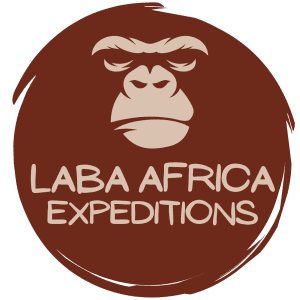DISCOVER TANZANIA
Tanzania Safari Cost
This beautiful destination offers a variety of activities while on a Tanzania Safari, including seeing the big five animals, climbing Mount Kilimanjaro – Africa’s highest mountain, watching the great wildebeest migration, cultural tours to visit the amazing Masai people, and many more.
Tanzania is one of the African continent’s developing countries, and one would think that visiting this country is inexpensive. However, because tourism is one of the country’s major economic contributors, many people are surprised to learn how much a Tanzania safari costs. This beautiful destination offers a variety of activities while on a Tanzania Safari, including seeing the big five animals, climbing Mount Kilimanjaro – Africa’s highest mountain, watching the great wildebeest migration, cultural tours to visit the amazing Masai people, and many more.
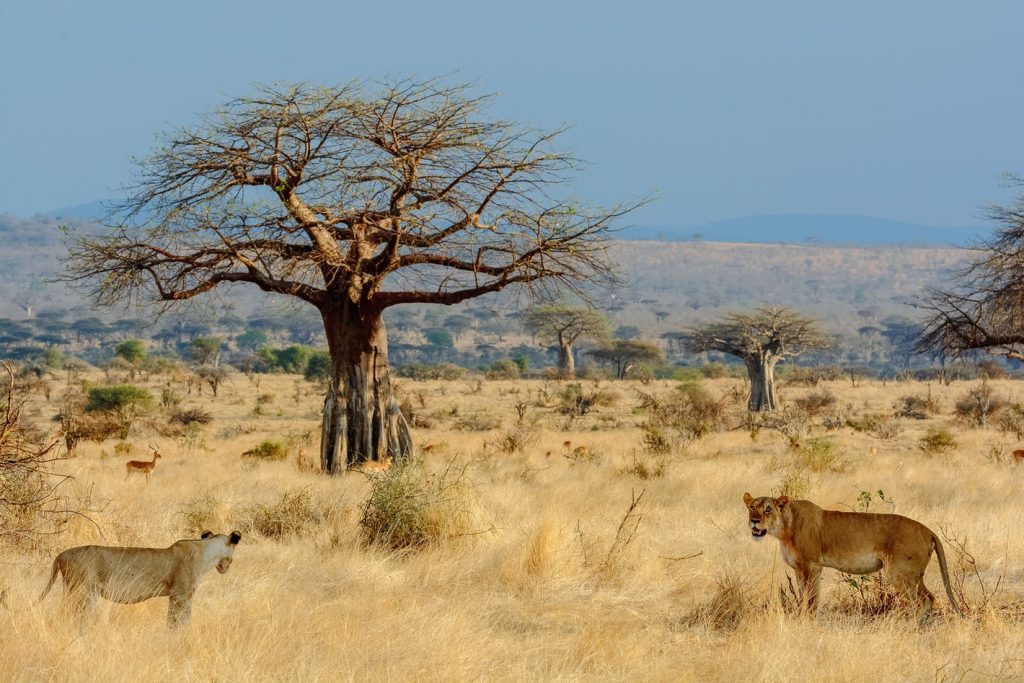
So how much does a safari in Tanzania cost? On average, a Budget Tanzania safari costs USD 200 per person per day, Midrange Price is USD 350 per person per day. And Tanzania Luxury Safari Price ranges from USD 600 per person per day.
This price comes along with many factors that can see it rise: Tanzania safari prices are determined by many factors like transport options, the type of safari chosen and the duration, the season of the year, and Accommodation among others. Other Travel Cost Factors include seasonality, Tanzanian destinations, flights and visas, safari activities, and a few often-overlooked extra costs. The type of safari you select is the single most expensive factor, as prices vary greatly depending on the type of accommodation, tour group size, mode of transportation used, and level of participation required.
Major factors that influence the Tanzania Safari cost
Safari Type: Private or Group Safari
To begin with, you have the option of joining a Group Safari, doing a Self-Drive Safari, or booking a Private Safari tailored to your specific needs. Group safaris are less expensive than customized safaris, but they lack flexibility and exclusivity. Self-drive and private safaris, on the other hand, can both be fully customized to include the level of accommodation and activities that you prefer, giving you more options.
When you travel in a group of four or more people, private tailor-made safaris become more affordable. Even if your travel party is small, the extra expense may be worthwhile, especially if your group requires a specialist guide who speaks your language (French/Italian/German speaking, for example). Private Safaris are also ideal for groups with specific interests, such as hiking, photography, and bird watching. Self-drive safaris can be the best option if carefully researched and planned, but with Tanzania safaris, self-drive isn’t always the cheapest option.
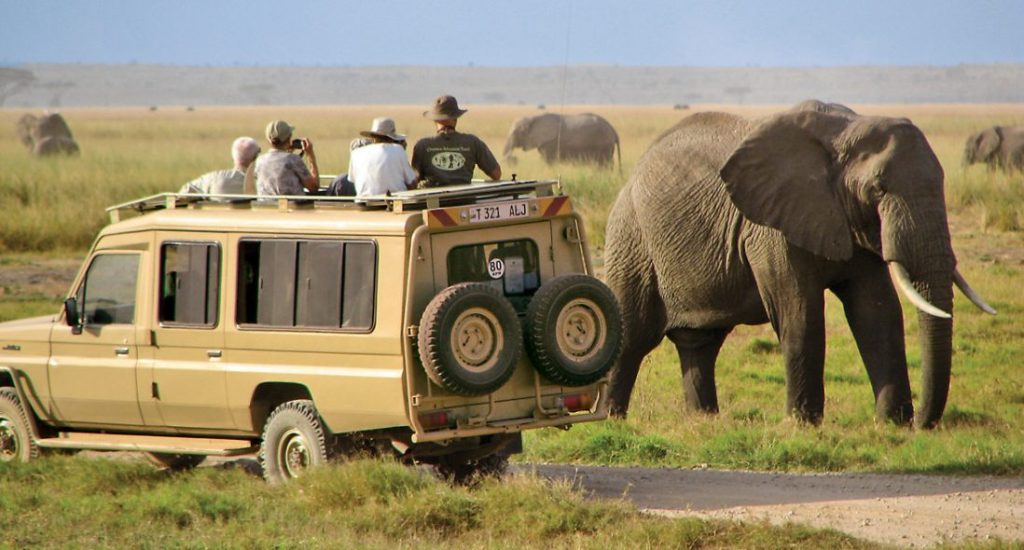
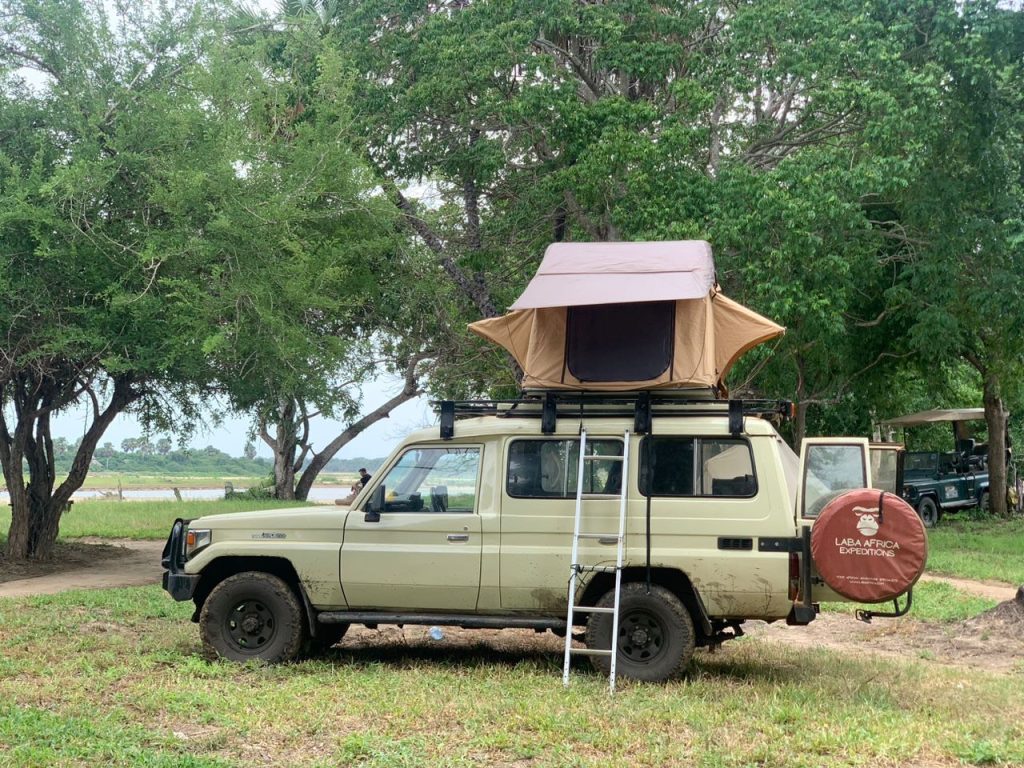
If you choose a Tanzania self-drive safari, we recommend booking your Tanzania safari earlier for us to pre-book your accommodation, vehicle rental, and certain park fees/activities. Booking ahead of time is especially important during peak season when availability is frequently limited.
Traveling independently requires more flexibility and effort, particularly in Africa. A 4×4 safari vehicle can be rented for as little as $70 per day (including insurance) or $110 per day with an English-speaking driver. Then, add about $25 per day for a rooftop tent and camping gear. Furthermore, there are additional fees for vehicles entering national parks, which can quickly add up!
When to Travel for your Tanzania Safari!
Another important factor that will greatly influence the cost of a safari in Tanzania is the time of year you choose to go. Safari prices are highest during the peak tourist season, which runs from December to February, as well as from June to August; when the number of tourist activities in the country is at its peak, resulting in fares nearly doubling. The off-peak season, on the other hand, is best recommended for those who want to visit Tanzania but have a limited budget. This runs from March to April and May, when the country is experiencing the rainy season.
Another expensive time to visit Tanzania is during the Christmas season, which lasts from December 24th to January 1st. During the holiday season, most Tanzanian lodging establishments impose a non-negotiable New Year’s and Christmas surcharge. When visiting Zanzibar Island during the holiday season, you will notice that most properties only accommodate guests staying five to seven nights (5 to 7).
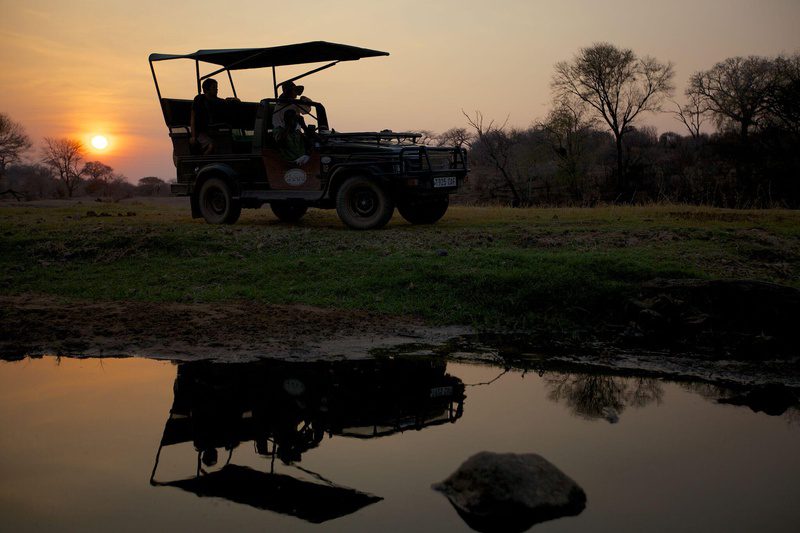
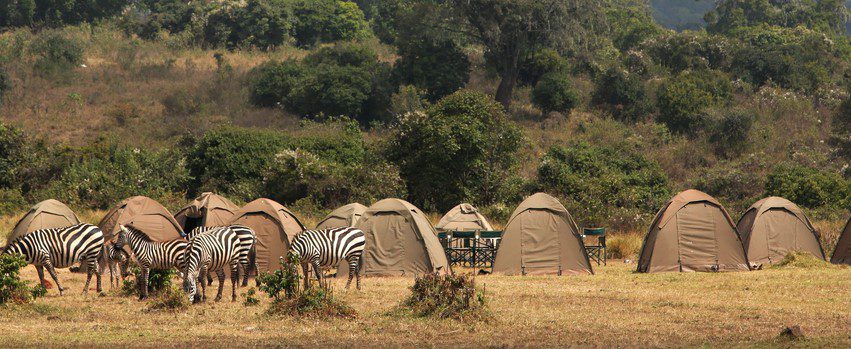
Budget travelers visiting Tanzania are advised to avoid visiting the country during peak safari and holiday seasons.
During the Green Season (April to May), Budget Accommodations can cost around $350 – $450, midrange: $450 – $650, and for luxury. However, many are closed during this season. In the Peak Season, (July to September or October) Budget Accommodations go from $450 – $570, Midrange to $600 – $900 while the luxury ranges from $900 – $1400.
Safari Transportation Options and Prices
Traveling overland (in a vehicle on land) is far less expensive than flying from one location to another, and it is much better for the environment! Tanzania group safaris pick you up from the airport on day one and return you to the airport on the last day of your trip. If you prefer, pick-up and drop-off can usually be arranged at/from your pre-safari and post-safari hotels. Land travel in Tanzania is typically done in a 4×4 vehicle capable of handling rough African roads.
Domestic flights to local airstrips near your chosen wildlife destination and lodge are included in Tanzania Fly-In Safaris. Flights are conducted in a small fixed-wing plane from one of Tanzania’s cities or towns to the local airstrip. A 4×4 safari vehicle is then used for transfers to your lodge and wildlife viewing activities at the lodges and parks. Clients on a fly-in safari who visit multiple lodges take a “bush flight” from one lodge’s airstrip to the next. Fly-in Safaris become expensive at this point, as bush flights are not cheap.

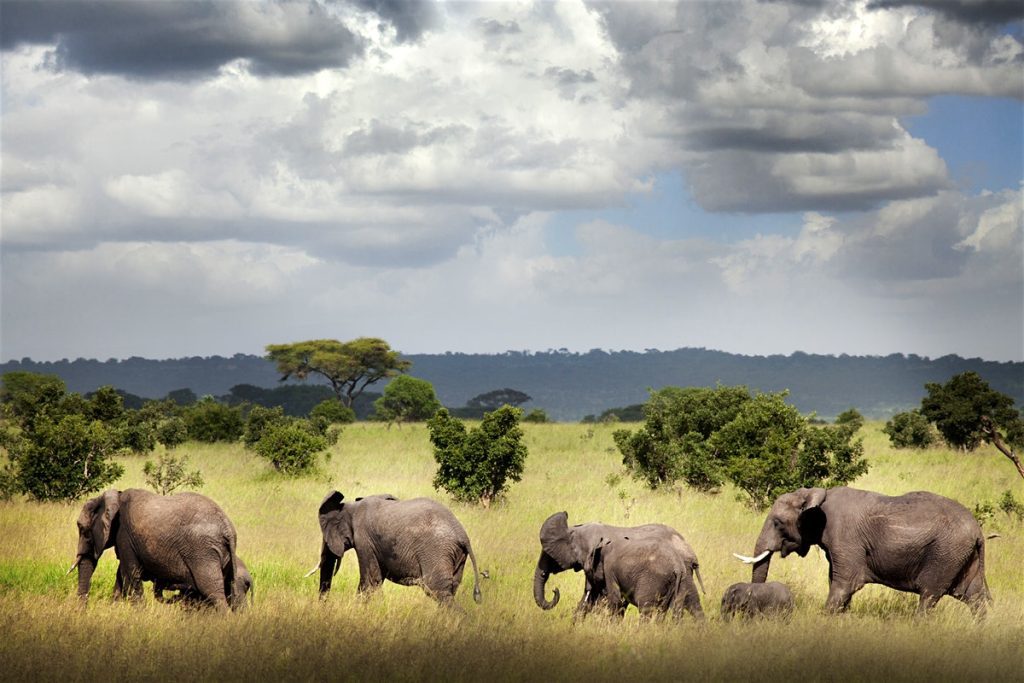
Visa Costs
A Tanzania tourist visa costs US$50 and can be obtained upon arrival at the border (for most nationalities). This is a 90-day single-entry tourist visa valid for up to 30 days. A Tanzania visa costs $100 for US citizens, but it allows for multiple-entry visits of up to 90 days and is valid for 12 months.
Tanzania tourist visas are valid in both Tanzania (mainland) and Zanzibar Island. South Africans, along with approximately 69 other nationalities, are exempt from obtaining a visa for Tanzania and Zanzibar.
Accommodation Cost
The quality of accommodation you will stay in during your Tanzania safari is another important factor in the overall cost of a safari in Tanzania. Tanzania offers a variety of accommodation options, ranging from basic camping grounds to midrange facilities and then to luxury tented camps and lodges. So, regardless of your budget, Tanzania has all types of accommodations to suit your tastes and preferences. Travelers on a tight budget can include camping as an option for accommodation on some of their safari nights rather than paying for expensive lodges.
During the low Season (April to May), Budget Accommodations can cost around $350 – $450, midrange: $450 – $650, and for luxury. However, many are closed during this season. In the Peak Season, (July to September or October) Budget Accommodations go from $450 – $570, Midrange to $600 – $900 while the luxury ranges from $900 – $1400.
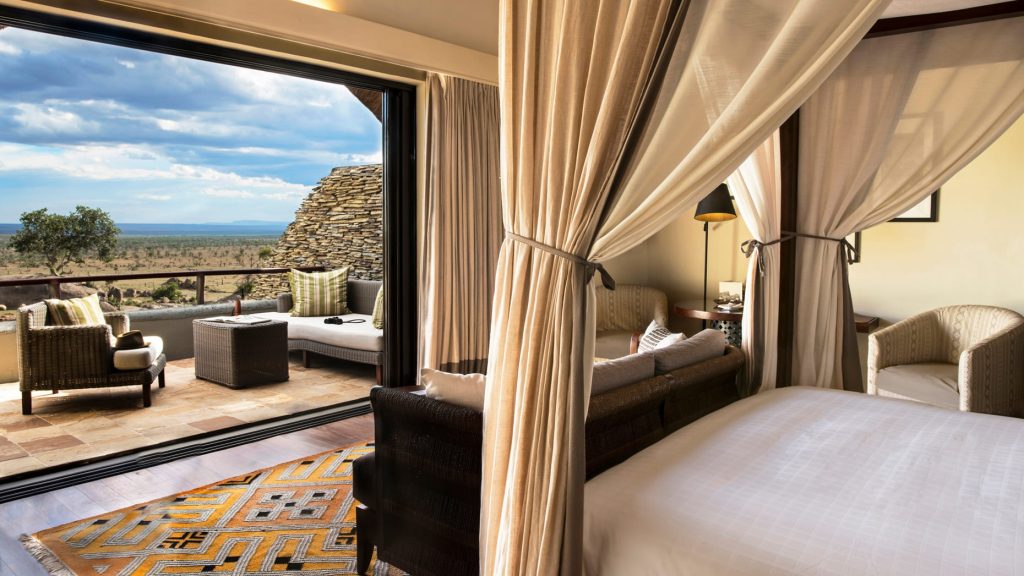
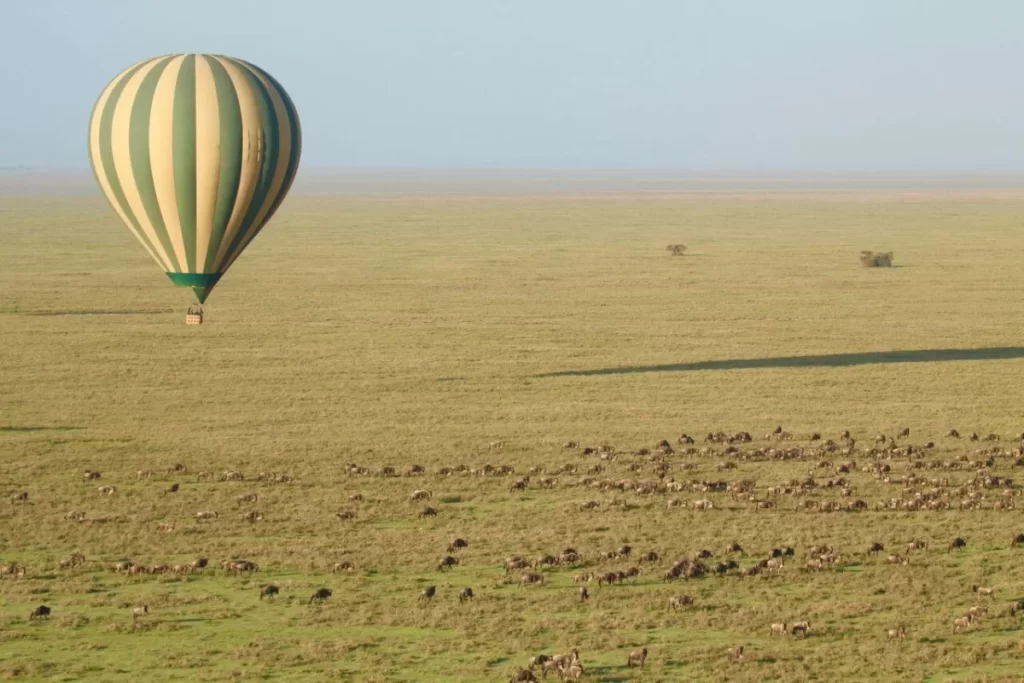
Safari Activities engaged in
On any traditional Safari vacation, everyone expects to enjoy unlimited game drives from 6 a.m. to 6 p.m. However, Tanzania as a destination offers a wide range of optional activities, such as hot air balloon safaris, bird-watching tours, bush meals, cultural tours, guided walking tours, boat/canoe rides, and night game drives – each of which is charged differently. At the end of the day, the number of optional activities you choose will influence the total cost of your Tanzania safari.
Airport Transfers
A one-way taxi ride from Kilimanjaro Airport to Arusha costs about $50 to $70 and some airlines and lodges offer free shuttle services. A taxi from the Dar es Salaam airport (Julius Nyerere International Airport) to the city should cost between $25 and $55 (at most), though some sources claim as little as $13. Transfers from the airport to Stone Town on Zanzibar Island cost about $25 per vehicle (1-6 people) and between $70 and $80 per vehicle to the north or south of the main island.
Insurance costs:
Anyone visiting any African country is strongly advised to obtain good travel insurance that will provide comprehensive coverage throughout their safari and will provide evacuation in the event of an emergency. Medical coverage is one of the most important factors to consider when purchasing travel insurance. It should also cover things like theft of property and flight cancellation. Travel insurance is essential for any African safari. For a two-week Tanzania Safari, the cost of standard travel insurance is US$80 (based on two weeks of travel for a 30-year-old from the United States).
Cost of souvenirs
It is customary for everyone who visits Tanzania on a safari to bring back some souvenirs for their loved ones, family, or friends back home. Fortunately, there are a variety of beautiful souvenirs available in this country, with varying prices; so, when planning your Tanzania safari, keep a souvenir budget of $20 to $50 in mind.
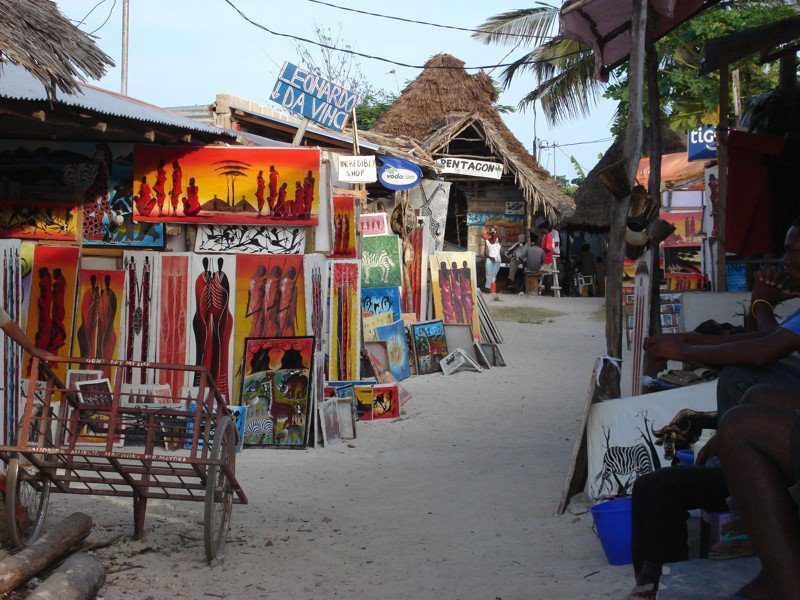

Tipping on Safari
It is customary to tip tour drivers, guides, porters, and others who have provided you with services on safari in Tanzania, although it is up to you. But, whom do you tip and when, and how much? For starters, it is common practice to tip in restaurants in major towns and cities of Tanzania, but not at the local eateries in rural villages. Taxi drivers usually only expect tips for trips of a day or longer and you can leave a tip of about US$5 per day for hotel staff. When trekking in Tanzania, a tip of about $20 per hiking group is the standard for a Kilimanjaro guide.
Laundry fee
Although the majority of lodges provide laundry services, you will notice that the service is provided at an additional cost that varies from one facility to another. Budget travelers can do some of their laundries, but the cost of laundry should be included.
Tanzania safari prices: what’s included – and what’s not
A Tanzania budget safari usually includes meals, transportation, lodging, game drives, park fees, a professional driver/guide, all transportation, and bottled water. It does not usually include airport transfers, lodging before and after your safari, local flights, or any special meals or drinks not included in the itinerary. Expect to pay hundreds of dollars more if you want to upgrade your experience and participate in activities such as a hot air balloon safari. A mid-range safari would include airport transfers as well as possible internal flights within Tanzania. Depending on the accommodation, special meals and drinks may also be included on some days. In addition, safari vehicles would be less crowded than on a budget safari.
Luxury safaris typically include international flights (at an additional cost), private airport transfers and safari vehicles, baggage handling, laundry service, and WIFI. Natural World Kenya Safaris’ two-week East African safari adventure visits seven national parks in Tanzania and Kenya, including the well-known Serengeti National Park, Ngorongoro Conservation Area, and Masai Mara. This is the ultimate East African safari experience that will cater to all of your safari desires.
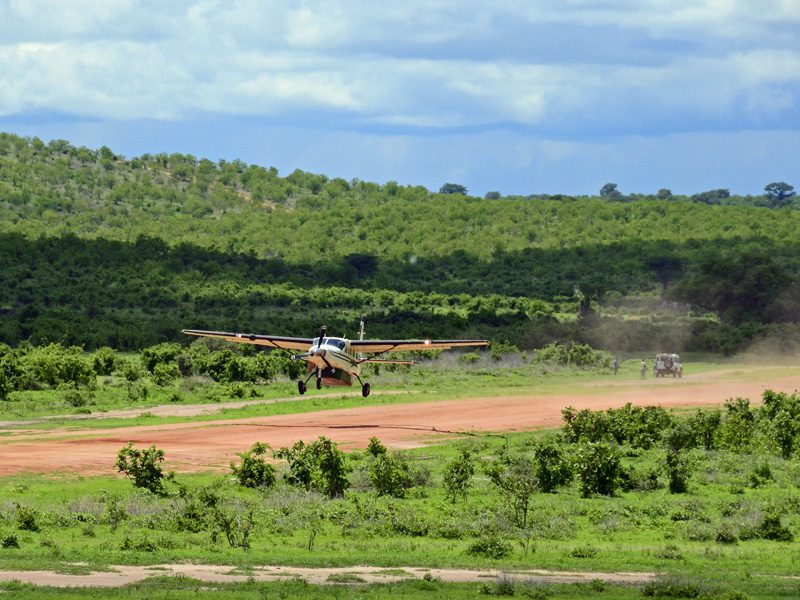
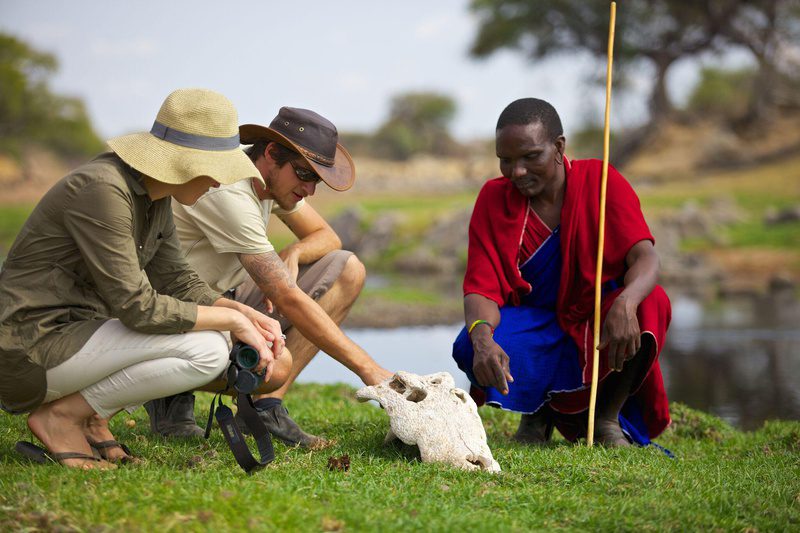
Tanzania safari prices on average
Starting at $200 per person, per day, a no-frills safari in Tanzania includes basic lodging options like tents or low-cost motels. A premium safari with all the bells and whistles costs between $600 and roughly $1000 per person, per day, while a midrange safari including lodging costs between $350 and $400 per person, per day. You should be aware that this excludes overseas flights, visa costs, immunizations, travel insurance, and other ancillary expenses.
Where to go on a Tanzania safari
A Tanzanian safari offers exceptional game watching in a spectacular backdrop of snowy peaks, volcanic craters, and the Masai steppe of boundless grasslands, from the great migration of the Serengeti to the more distant parks. Tanzania is well known for having an abundance of wildlife. Along the route of this Great Migration, there are several large cats, as well as vast herds of wildebeest, zebra, and Thompson’s gazelle that cross the grasslands every year.
Few nations can match Tanzania’s natural beauty and cultural richness, which includes the Ngorongoro Crater, Kilimanjaro, Zanzibar, and the Serengeti all in one place. Go on a multi-day walking safari in the Serengeti or Ruaha National Parks if you’re feeling active or daring, or try climbing Mount Kilimanjaro, Africa’s highest peak and the tallest free-standing mountain in the world. Don’t pass up a trip to the exotic spice islands of Zanzibar to experience the architecture and scents of historic Stone Town.
Beaches of mainland Tanzania
The Swahili Coast on Tanzania’s mainland is home to a wide variety of appealing, off-the-beaten-path coastal resorts, despite the fact that beach tourism in Tanzania is primarily focused on offshore islands like Zanzibar and Mafia.
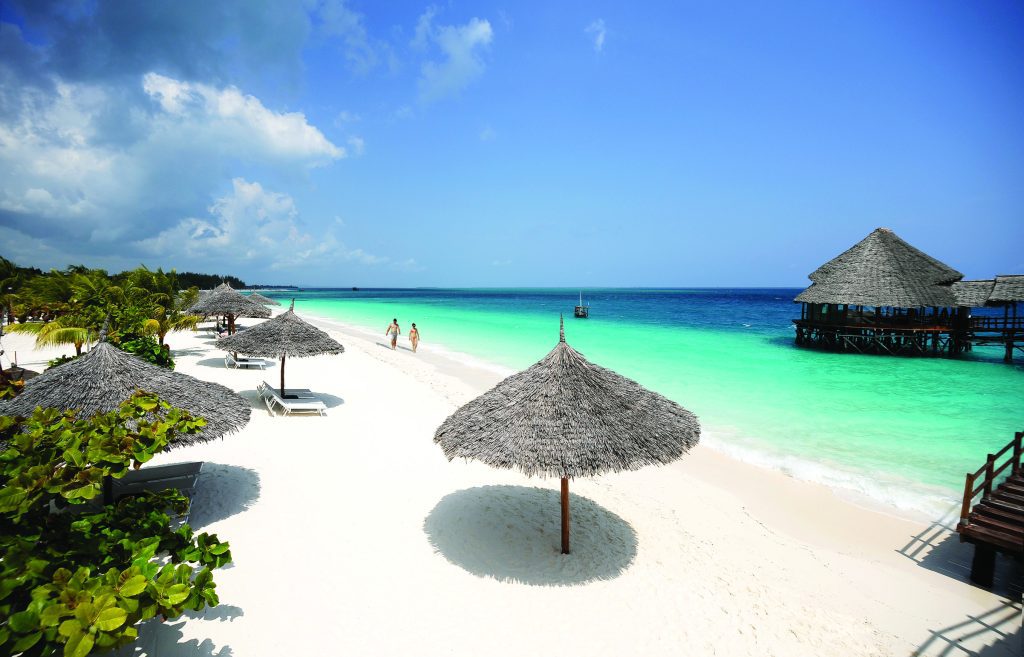

Tanzania safari prices on average
Starting at $200 per person, per day, a no-frills safari in Tanzania includes basic lodging options like tents or low-cost motels. A premium safari with all the bells and whistles costs between $600 and roughly $1000 per person, per day, while a midrange safari including lodging costs between $350 and $400 per person, per day. You should be aware that this excludes overseas flights, visa costs, immunizations, travel insurance, and other ancillary expenses.
Northern Safari Circuit in Tanzania
Lake Victoria, Rubondo Island, and Mount Kilimanjaro form the western and eastern borders of the northern safari circuit, respectively. The Masai Mara and Amboseli reserves are only beyond the Kenyan border, which is located in the north. The most southerly tourist destination in this fascinating and spectacular safari zone is thought to be Tarangire National Park.
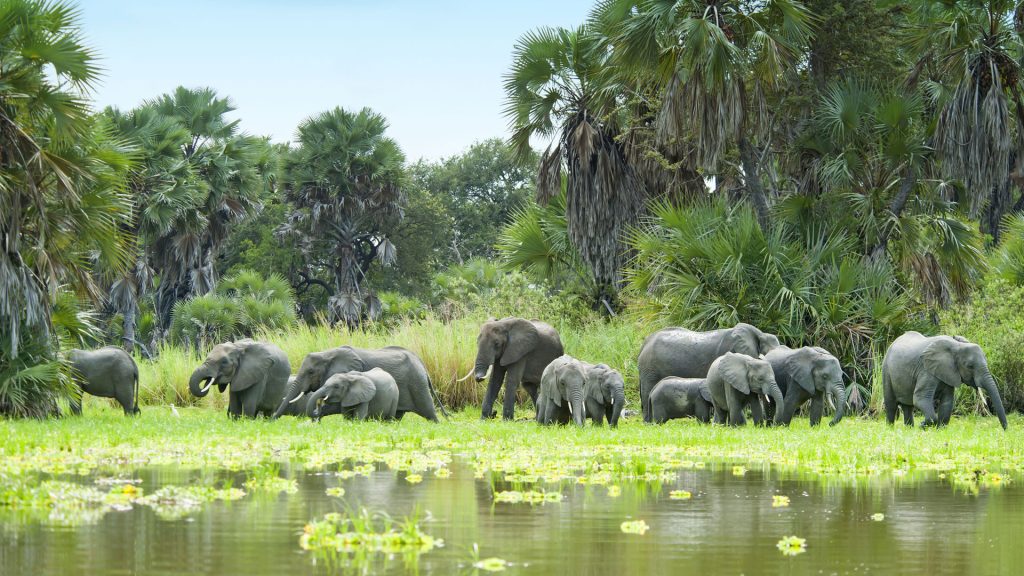
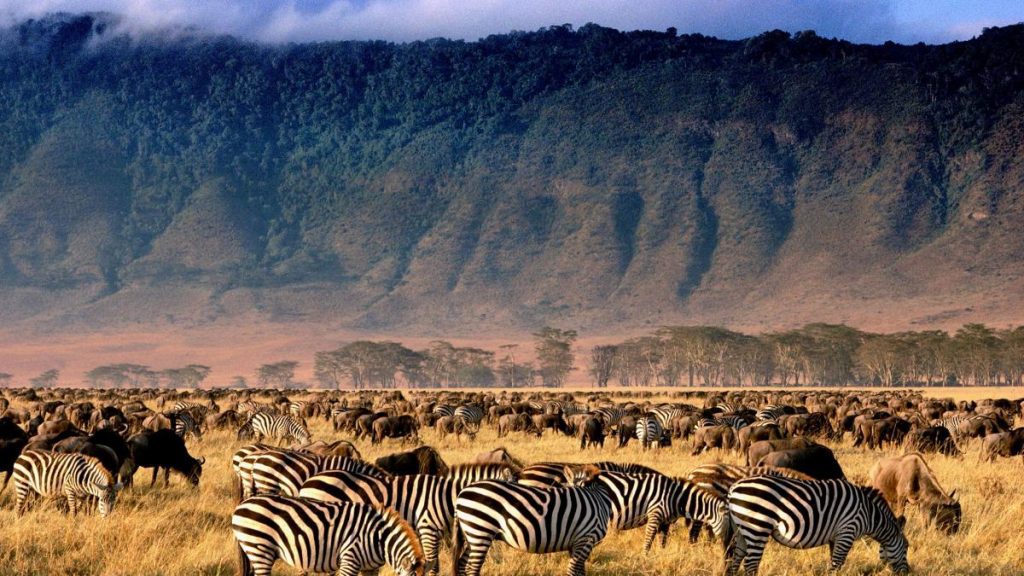
Serengeti to Ngorongoro Crater
The Ngorongoro Crater is the largest intact crater in the world and was once a major volcano. Before it erupted, some claim it would have been higher than Mount Kilimanjaro, Africa’s highest mountain.
Northern Safari Circuit in Tanzania
Lake Victoria, Rubondo Island, and Mount Kilimanjaro form the western and eastern borders of the northern safari circuit, respectively. The Masai Mara and Amboseli reserves are only beyond the Kenyan border, which is located in the north. The most southerly tourist destination in this fascinating and spectacular safari zone is thought to be Tarangire National Park.
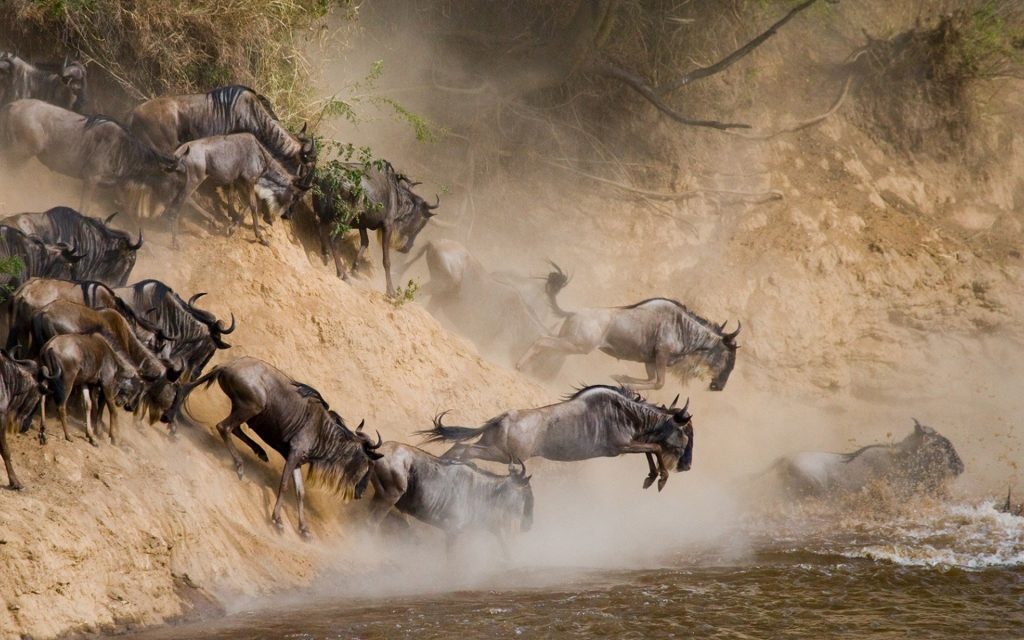

Serengeti to Ngorongoro Crater
The Ngorongoro Crater is the largest intact crater in the world and was once a major volcano. Before it erupted, some claim it would have been higher than Mount Kilimanjaro, Africa’s highest mountain.
Southern Safari Circuit in Tanzania
Tanzania’s southern region is covered by the southern safari circuit. This is the wildest part of Africa, the domain of explorers and adventurers, stretching from the enormous Selous Game Reserve in the east to the Mahale Mountains and Gombe Stream national parks on the shore of Lake Tanganyika in the west.
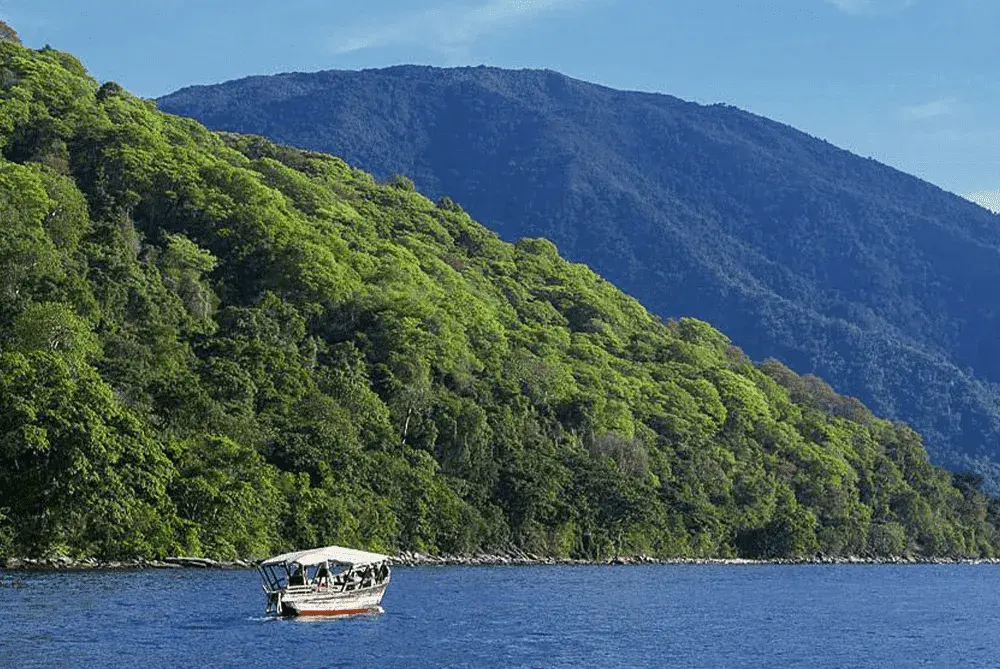
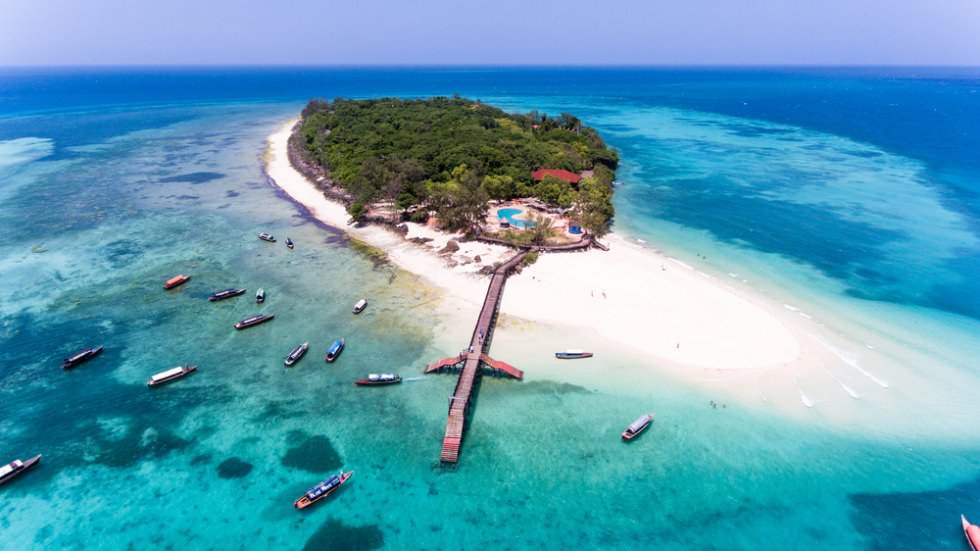
Zanzibar and the Indian Ocean Islands
Tanzania’s tropical east coast islands offer a welcome reprieve at the conclusion of a satisfying safari, ranging from the frequently neglected and completely unspoiled tropical paradise of Pemba Island in the north to the elegant utopia of Mafia Island in the south. Zanzibar, with its unique combination of white-sand beaches, mild sea, and nightlife, lies tucked between Pemba and Mafia.
When to go on a Tanzanian safari
Naturally, it stands to reason that the Serengeti and Ngorongoro would also be the most expensive, particularly during the busy season, which is from May through October including January. This period, also known as the dry season, is regarded as the ideal time to do a safari in Tanzania since the lack of rain forces animals to seek out water in the open, where they are simpler to observe. Likewise, the wildebeest migration typically begins in July.
Thousands upon thousands of wildebeest travel here each year in quest of better grazing from the arid Serengeti plains, across the Mara River, and into the lush northern pastures of Kenya. The Great Migration is one of the world’s greatest natural wonders and the pinnacle of wildlife experiences. Peak season is Tanzania’s most expensive season, among other reasons, since it is a lovely and rare sight to view. When weighing the expense, keep in mind that the Great Migration is not something you will soon forget.

When is the best time to visit Tanzania?
The good news is that Tanzania is pleasant all year long. Although the entire nation enjoys a comfortable tropical environment, there are significant regional climatic variances, primarily caused by height. The coast has temperatures about 30C and no change in temperature at night, making it the hottest and most humid area of the nation. Moshi and other low-lying regions like Lake Eyasi are hot as well, although less humid.
How is the weather in Tanzania?
Tanzania experiences its hottest months from November through March on average. The coldest months are May through July, when it gets chilly at higher elevations (Ngorongoro Crater, Arusha, Usumbara Mountains) in the evenings. With light rainfall in November and December and long rains from March to May, the majority of the rain falls between November and May. It is not advisable to travel to the shore in April or May because it is the rainy season and most lodges close.


When is the best time to visit Tanzania?
The good news is that Tanzania is pleasant all year long. Although the entire nation enjoys a comfortable tropical environment, there are significant regional climatic variances, primarily caused by height. The coast has temperatures about 30C and no change in temperature at night, making it the hottest and most humid area of the nation. Moshi and other low-lying regions like Lake Eyasi are hot as well, although less humid.
When is Tanzania's peak season?
Tanzania welcomes visitors all year long. Around Christmas, July, and August is peak season. For the busiest times of the year, make sure you reserve our rental cars far in advance. You must make reservations for your lodges in advance even if you are not camping.At that time of year, it seems busy in the Ngorongoro Crater.
When to go on a Tanzanian safari
Serengeti, Selous, and Tarangire national parks are those with the most cyclical wildlife viewing in Tanzania.
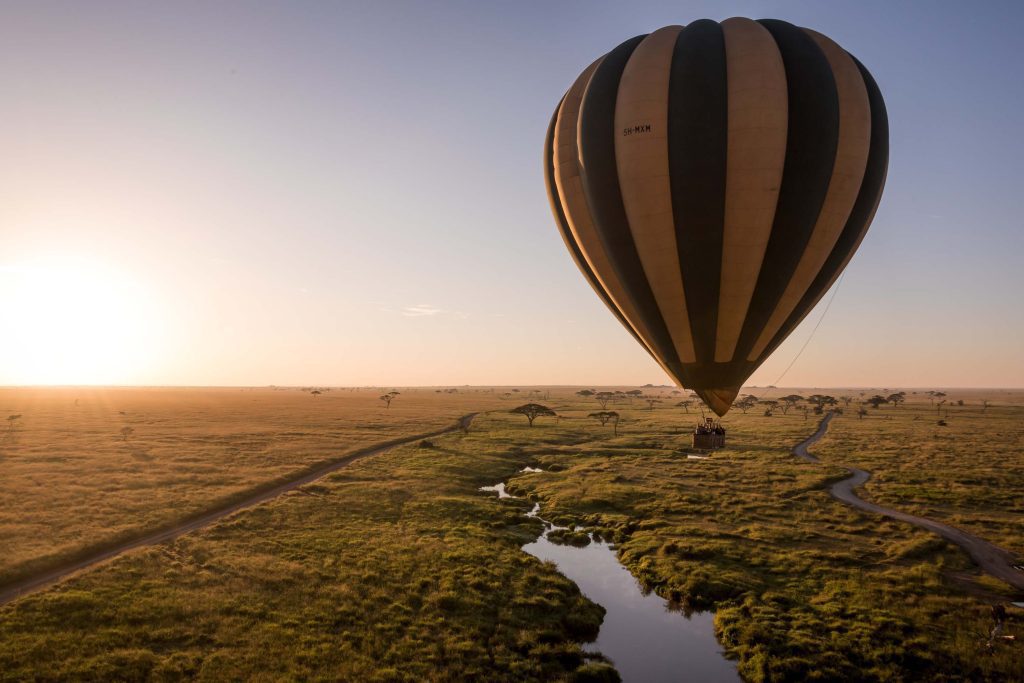
Serengeti
Millions of wildebeest and other plains grazers migrate across the Serengeti every year in search of new grass and water, followed by predators like lions. This migration is what makes the Serengeti renowned. You can decide if it’s worthwhile to schedule your safari dates around the Serengeti migration. It would be nearly difficult, even with the best of intentions, to time your brief stay in the Serengeti with the river crossing. The migration does, however, adhere to a fairly predictable pattern, which is determined by local rainfall patterns:
December – May: Southeast (Seronera, Ndutu)
May-July: Western corridor
July – October: Mara river
October -November: Lobo area.
Be aware that destinations like the Western Corridor, Mara River, and Lobo are extremely remote from Arusha, making transportation by driver strongly advised. Regardless of the time of year, in our experience, the Serengeti always provides fantastic opportunity for wildlife viewing. Read our comprehensive visitors’ guide to the Serengeti here to learn everything you need to know.
Selous
Due to its low altitude, Selous tends to be hotter than any other reserve in Tanzania, making it a very seasonal site for game viewing. The best time to travel is from June to September, which is the dry season, when there is a lot of animals and comfortable temperatures. From October to the beginning of November, game viewing will still excellent, but it will be extremely hot. During April and May, lodges are closed and roads frequently become impassable.
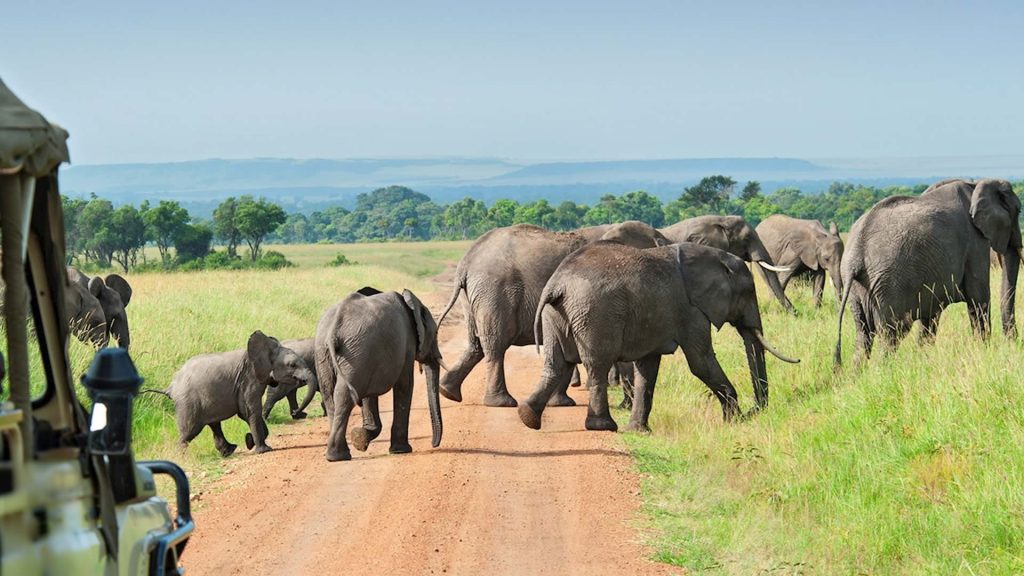
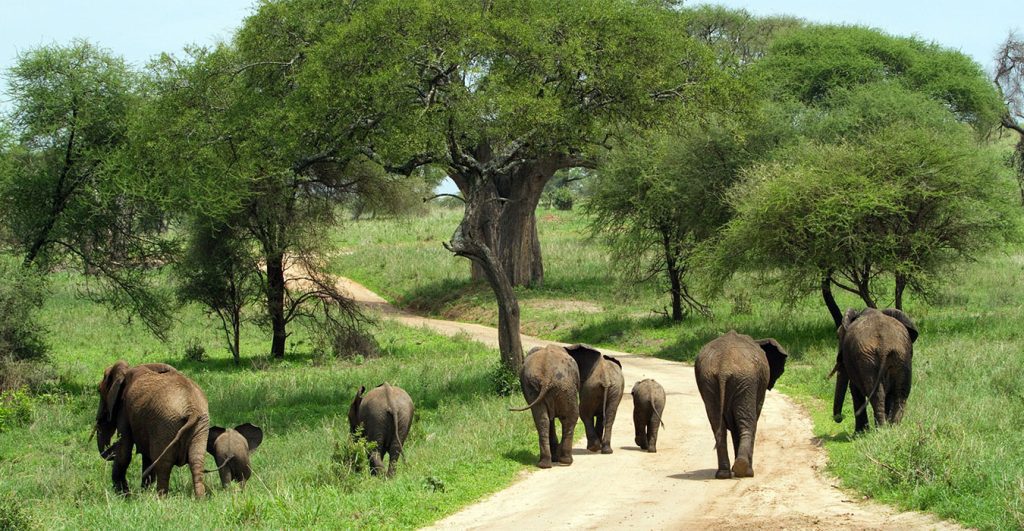
Tarangire
Just 100 miles southwest of Arusha, in the Central Rift Valley, is where you’ll find Tarangire National Park. The largest elephant herds in Tarangire are its most famous feature. The park is considered to contain the highest population of elephants in the world during the dry season! The number of baobab trees in the park is another noticeable aspect. There are also some lovely stands of acacia tortillis trees, the trees with the flat tops that are so evocative of movies like The Lion King and Out of Africa. The concentration of animals rises between July and the beginning of the rainy season in early November. The majority of the game departs the park from November to May.
